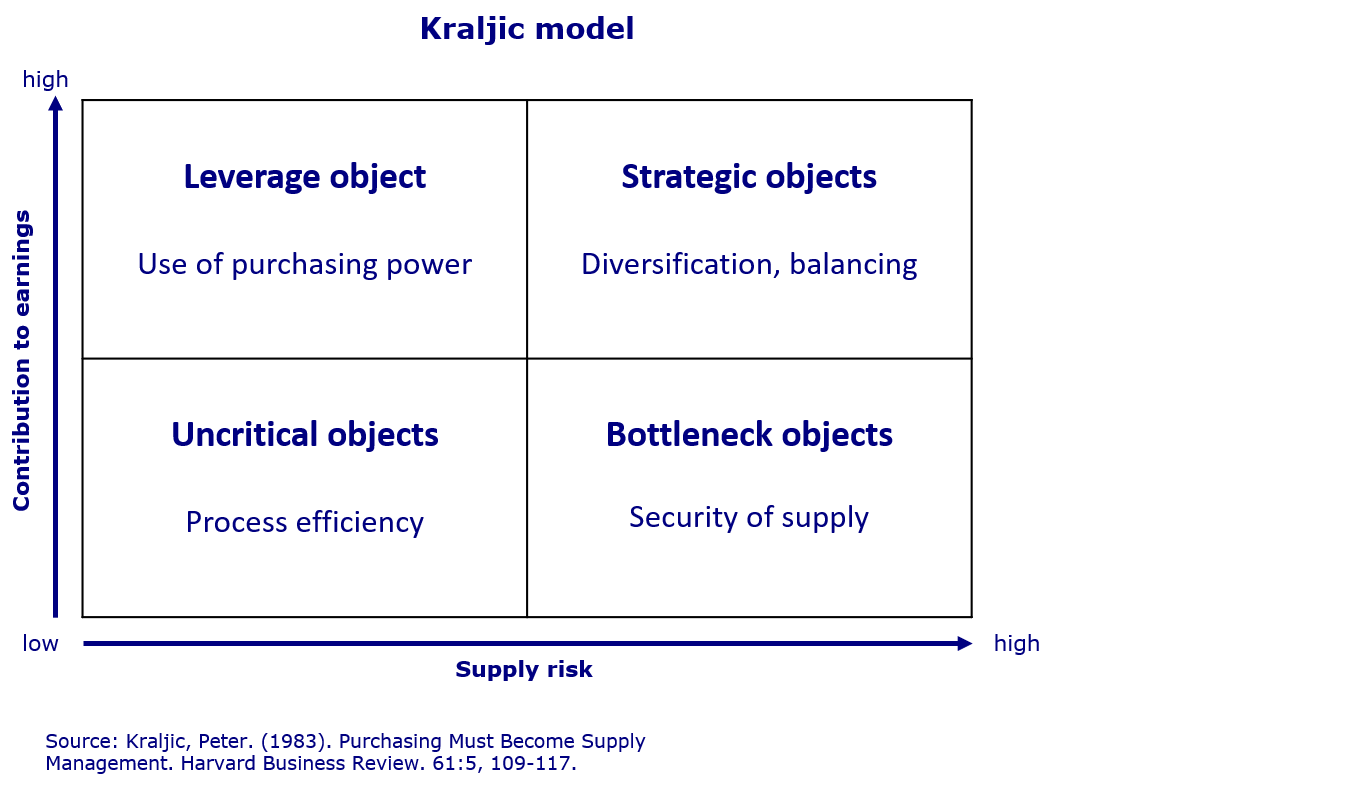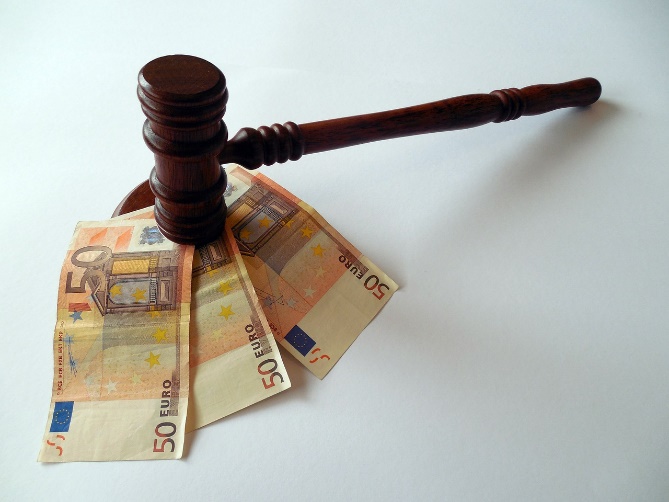In our consulting projects, we are repeatedly asked by our customers what experience we have with reverse auctions and for which product groups we recommend using such a purchasing instrument.
Basically, reverse auctions have gained popularity worldwide in recent years, especially in the course of increasing digitalization in purchasing. In order to make a recommendation for or against reverse auctions, we would first like to explain what a reverse auction is, where the main advantages and disadvantages lie and what we consider to be the critical success factors.
Definition reverse auction
Reverse auction literally means the opposite of a traditional auction. In a traditional auction there is a seller who wants to sell a product or service and ideally several buyers interested in the offer. Logically, the seller’s goal is to achieve the highest possible price. In a reverse auction it is the other way around – a buyer wants to buy a product or a service and invites several sellers. The aim is to achieve the lowest possible price. In contrast to traditional auctions, which usually take place in physical locations, reverse auctions take place online, either via a web browser or special software. For this reason they are also known as electronic auctions or eAuctions.
Reverse auctions can be performed as open-bid reverse auctions or sealed-bid reverse auctions. In practice, however, open-bid auctions are usually performed.
Sealed-bid reverse auction
In a sealed-bid auction, the seller submits a bid within a specified time after the RFQ is published. The offers of the different sellers are only visible to the buyer and not to the other sellers. The buyer analyzes the offers and chooses a seller. If the available offers are unsatisfactory and still deviate from the target price, the buyer starts a new offer round until the desired offer fits the price.
Open-bid reverse auction
In an open-bid auction, suppliers are notified of a specific date and time when the auction will take place after the RFQ is published. On the specified date/time, the suppliers log in to the appropriate software platform and submit their bids. The bidding process has a fixed duration (usually only a few hours) and all suppliers see the current lowest bid. This creates a very competitive environment that encourages suppliers to undercut their competitors.
Advantages of a reverse auction
This purchasing instrument offers three essential advantages – speed, transparency and a reduction of the purchase price.
- Speed: For the buyer as well as for the seller the traditional multiple rounds of negotiations are eliminated, which normally cause additional process costs for both sides.
- Transparency: Because all information and data can be viewed in real-time by all tender participants, the open-bid reverse auction is a very fair and transparent purchasing instrument.
- Reduction of the purchase price: Due to the highly competitive environment of a reverse auction, sellers are encouraged to undercut the competitive prices. The reduction of the price leads to an optimization of the procurement costs.
Disadvantages of a reverse auction
In addition to the obvious advantages of a reverse auction, this purchasing instrument also has a serious weakness, as price is the only decision criterion for awarding a contract. But in practice, using this variable as the only criterion only works under certain conditions: the products and services to be procured and the performance of the suppliers must be homogeneous and the product and supplier quality must be clear in advance. In addition, the relationship level that is so important in (business) life is completely missing.
For this reason, we believe it is important to consider the critical success factors of a reverse auction before deciding to use this purchasing instrument.
Critical success factors
1. Selection of suitable products and services
Reverse auctions are not suitable for all products and services procured by an organization. It is very important to select the “right” product and service for a reverse auction. We use the Kraljic matrix to divide all products and services into one of the four quadrants based on two criteria: Supply risk and contribution to earnings (see chart).

Reverse auctions can be carried out for uncritical product groups, products and services. These are usually commodity items where price is the only differentiating variable. Reverse auctions can also be used on a case-by-case basis in product groups that fall into the “leverage” quadrant. However, reverse auctions should never be used for “strategic” and “bottleneck” product groups. This is because, in a reverse auction of the supply base, we basically say that we only care about the price. However, for “strategic” items the relationship with the supplier is very critical and for “bottleneck” items security of supply is crucial.
2. Prior qualification of suppliers
When we conduct reverse auctions, price should be the only differentiating factor between competing companies. Therefore, it is very important to pre-qualify suppliers and invite only those who meet all other standards and requirements in terms of attributes such as deliverability, quality, etc.
3. Set target price
Before starting the reverse auction, the buyer should set a target price that is fair and reasonable for both parties. The formation of the target price can be determined either by benchmarking or by cost estimation. In many cases, suppliers undercut the actual prices, either to get the deal at any price or because they did not understand the buyer’s needs. Logically, awarding contracts to such suppliers is very risky, as they cannot execute the contract in most cases. The target price can help the buyer to identify those suppliers who are underbidding. In a conversation, the buyer should then find out whether the relevant suppliers can actually provide the required service before the contract is awarded.
4. Clear specifications / performance description
Reverse auctions should only be held for products and services for which the design and specification are specified.

Conclusion
In summary, the use of reverse auctions offers several advantages. These include cost savings by reducing the purchase price, higher efficiency and greater transparency in the procurement process. However, misuse can compromise supplier trust and collaboration, and endanger long-term relationships. It is therefore advisable to think hard in advance and to use a portfolio analysis to assign the product groups according to the four quadrants of the Kraljic matrix.
Author
Dominic von Buch
If you have further questions, our experts are at your disposal!
Contact
Kloepfel Group
Christopher Willson
rendite@kloepfel-consulting.com
Phone: +4921187545323
